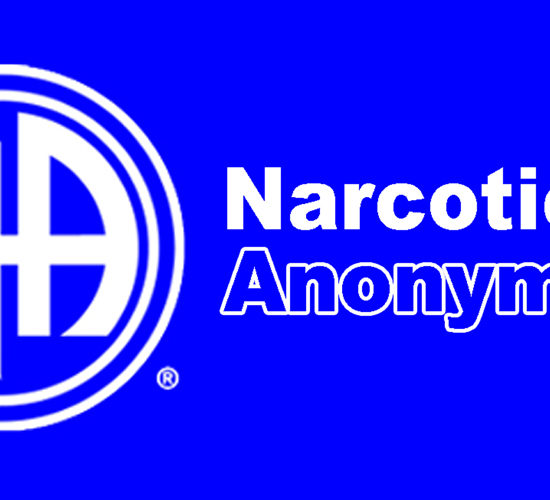
A novelist in recovery said he believed drinking made him a better writer. He followed in the footsteps of literary heroes who drank too much and justified their habit by saying alcohol or other drugs helped them tap into their creative genius. It had the opposite effect. He lost a contract with a major publisher and almost lost his wife.
Contrary to popular belief, alcohol and other drugs do not make people creative. In addition to genetics, creativity stems from “the combined consequence of early exposure, exceptional instruction, constant practice, family nurturance, and a child’s intense will to learn,” writes David Shenk in The Genius in All of Us: New Insights into Genetics, Talent, and IQ.
Addiction stifles creativity, but creativity can play an important role in recovering from the disease. Many people who become addicted to drugs or alcohol have alexithymia, a term that describes people who don’t understand what they’re feeling or how others feel or can’t put their feelings into words.
Creative approaches such as art therapy, music therapy, and psychodrama allow people to express difficult thoughts, memories, and feelings without being constrained by words.
Having a creative experience has been shown to be healing in many ways. Here are a few examples:
- A pathway through shame. Addicts carry a great deal of guilt and shame that can be difficult to put into words. Creative approaches can help them process these feelings so they don’t trigger a relapse. Research with sex addicts, for example, has shown that shameful feelings are often more easily expressed through the use of imagery or symbolism than words.
- A chance for vicarious healing. People who have experienced traumaand are not yet ready to talk about it may be able to describe their pain through art, writing or role play, or they may see their own pain in someone else’s creative expression. With a therapist guiding the process, creative approaches can be a stepping stone that allows people to eventually talk about their pain rather than escape through drugs or alcohol.
- Regulates emotions. Engaging in a creative activity can open a new channel for people to connect with their emotions. For example, studies show that listening to music can foster a healing environment and reduce stress. One study found that partaking in music, such as singing in a choir, reduced negative emotional states.
- Assists in coping with loss. Talk therapy has long been a standard approach for helping people through loss and life transitions. Studies have shown that writing about one’s experience is another form of traumatic disclosure that can be cathartic. One study followed people who were recently unemployed and found that those assigned to write about thoughts and emotions related to being fired or laid off found new jobs faster than those who did not participate in expressive writing exercises.
- Supports mastery in other areas. People who participate in creative pursuits not only fuel their creativity, but they may also become more proficient in other aspects of their lives. A study of employees in non-creative jobs who sought creative activities like writing and art showed improved job performance and ability to recover from work stress.
- Increases playfulness. People are often so wounded by life that they forget what it is like to be childlike and carefree. Creativity can help connect people to a more fun, lighthearted part of themselves. Creative activities that promote play such as dance, rock climbing or chess also have been shown to help people feel more in control of their environment.
- Creates opportunities for “flow.” Many artists describe getting lost in the creative process. Studies show creativity changes the brain and allows people an uninterrupted or purer focus. Creativity research calls it “flow.” And it’s described by Mihaly Csikszentmihalyi as the experience of “being completely involved in an activity for its own sake.” This optimal experience can help people feel more present and fulfilled.
Every individual recovers from addiction in their own way. This is why it is so important for addiction treatment programs to offer a mixture of therapeutic approaches. Some will rely on verbal expression, like cognitive behavioral therapy, but some may be less verbal like art therapy. For people who can’t articulate their thoughts or experiences to a therapist or group, creative therapies can help them break through and slowly begin to find the words.
From Psychology Today Online
Seven Ways Creativity Supports Addiction Recovery









